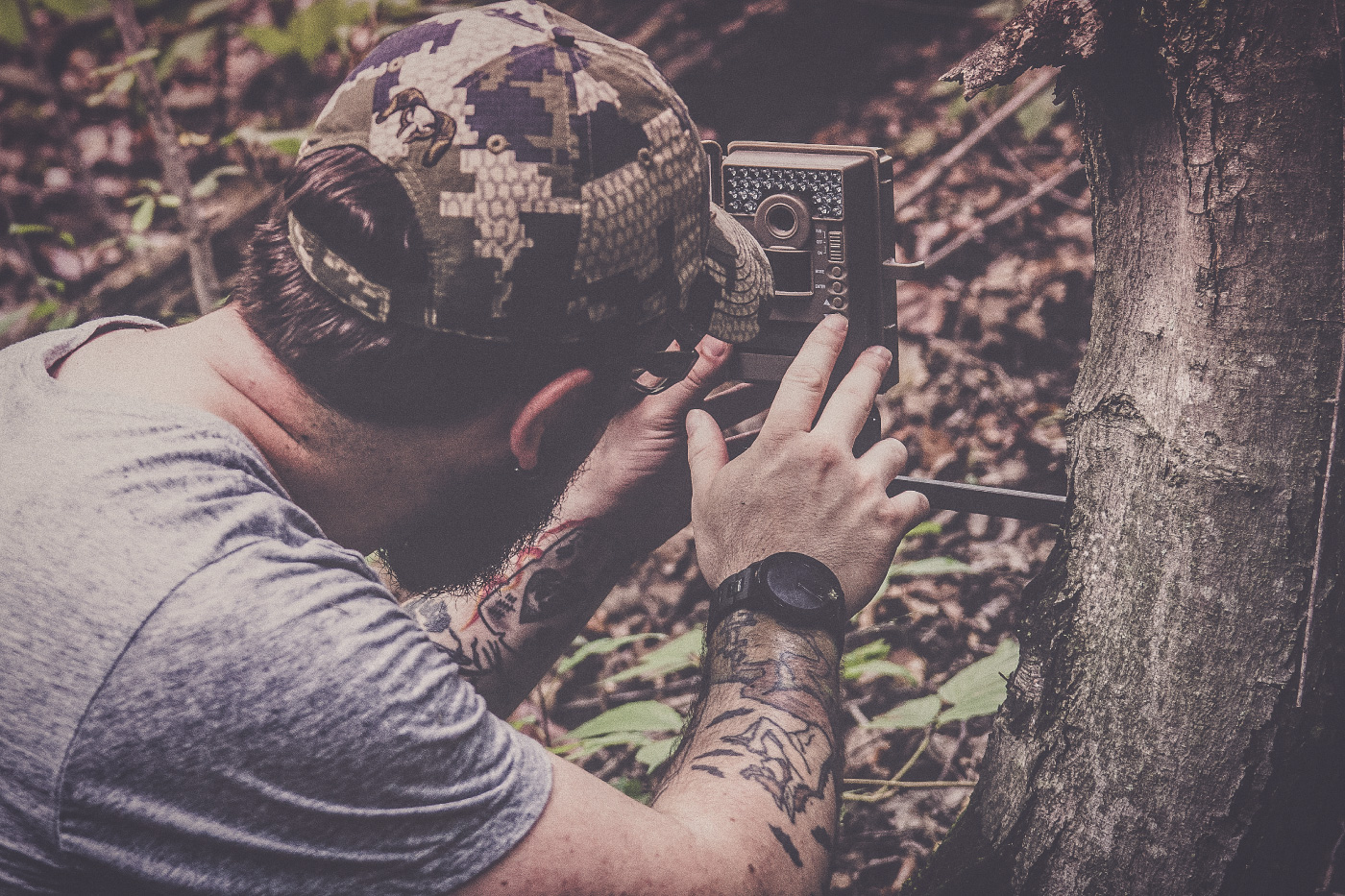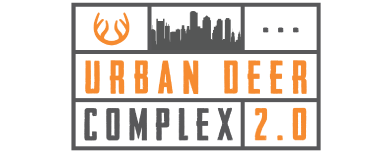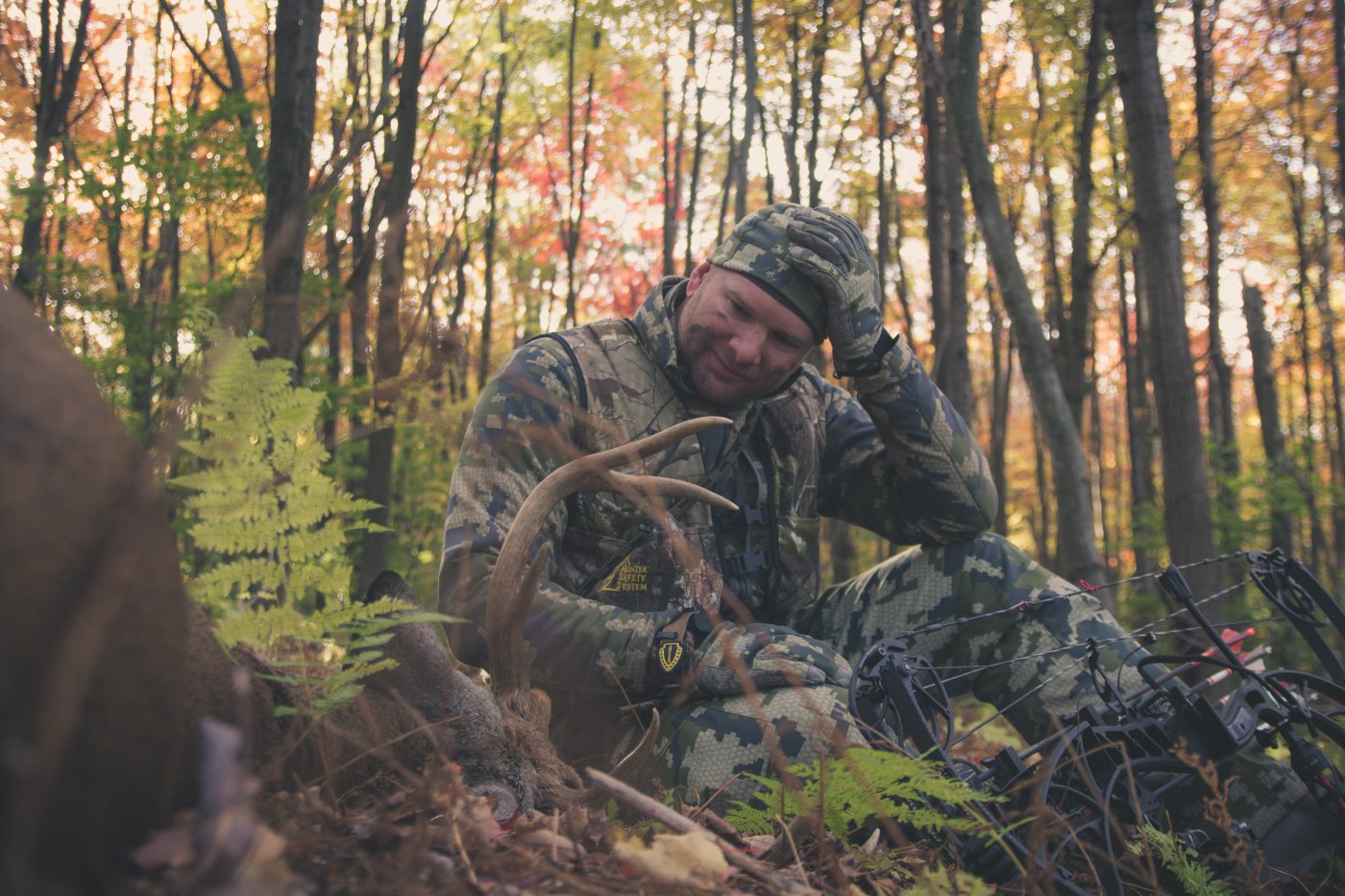Home » News » Big Data Hunting – Finding Usable Trends Within Your Social Feeds
Big Data Hunting – Finding Usable Trends Within Your Social Feeds

A.J. DeRosa founded Project Upland in 2014 as an excuse…
Platforms like Facebook, Google, and Twitter have proven the power of big data. Here is what it means for hunting.
What is big data? It is the ability to process large amounts of information. Computers these days collect information about everything we do on the internet and everything going on around us. The whole world has been brought into a system that allows businesses, governments and individuals to organize and recognize trends to see the larger patterns of burgeoning data sets.
The future of hunting lies in big data. Harnessing big data for the purpose of hunting is just another way of becoming an efficient predator. And the concept of an efficient predator is quite relevant to all of us who in reality, are part time hunters. You have a wealth of information at your disposal that can help you become more efficient. Sometimes information that seems irrelevant to your hunt can make a world of difference.
A lot of hunters often hunt whitetails like they are CIA agents. We gather intelligence through trail cameras, aerial maps, and boots on the ground scouting to gather as much information on as possible. This data serves to connect us with the deer we intend to harvest.
What trends can you find lurking in the data?
Using big data in hunting takes it one step further. Take all that collected intelligence you have and put it into a bigger process. Now that you know everything you can find out about the deer, what else is there to do? I like to say that this part is a little more like Google than the CIA. Google is at the forefront of big data collection in the world and is therefore able to recognize broad trends.
Big data in hunting means looking at behaviors often gone unnoticed by other hunters, putting those behaviors together, and asking what the broader trend is. This can be things like when other local hunters are seeing rut activity, what other hunters do in the area or what kinds of habitual behaviors you notice hunters doing each time they are in the field. Unearthing other bits of information like this, no matter how insignificant they might seem is essential. When you consider this information together and combine it with the CIA method, the result is a more efficient prediction of future behavior.
We are not super computers. We do not have access to the level of big data that Google has. What we do have is the ability to approach things at a new angle. New approaches can often lead to recognizing things that were once not so obvious.
Here is a perfect example from our new book Urban Deer Complex 2.0.
“We have two ways to truly dissect what can happen in the future of deer behavior while using social media. This can be a time-consuming methodology, but can also bring insights surrounding when the rut may happen or how long certain phases of the rut may continue.
This involves the reference back to our own social media posts plus the posts of those friends we know had some action the year before. We must go back through their social media and recap a few questions. What was the weather that day? What time of day did they see movement? How many days had peaked action? On what days were actual chases witnessed? These questions lead to an important big data view of what deer movement or the rut was like the year before.”
You’ll have to read the book to really get the details but I challenge you this season to look at the “big data” when trying to unlock your hunt. Inspect and consider information like what area you prefer hunting. Look at human activity in the area. It may hold a thread of relevance that could string all of your future predictions together.
In the end, “big data” hunting leads to more efficiency and efficiency leads to saving time which is the cornerstone of the part time hunter.
A.J. DeRosa founded Project Upland in 2014 as an excuse to go hunting more often (and it worked). A New England native, he grew up hunting and has spent over 30 years in pursuit of big and small game species across three continents. He started collecting guns on his 18th birthday and eventually found his passion for side-by-side shotguns, inspiring him to travel the world to meet the people and places from which they come. Looking to turn his passion into inspiration for others, AJ was first published in 2004 and went on to write his first book The Urban Deer Complex in 2014. He soon discovered a love for filmmaking, particularly the challenge of capturing ruffed grouse with a camera, which led to the award-winning Project Upland film series. AJ's love for all things wild has caused him to advocate on the federal and state levels to promote and expand conservation policy, habitat funding, and upland game bird awareness. He currently serves as the Strafford County New Hampshire Fish & Game Commissioner in order to give back to his community and to further the mission of the agency. When those hunting excuses are in play, you can find him wandering behind his Wirehaired Pointing Griffon in the mountains of New England and anywhere else the birds take them.



